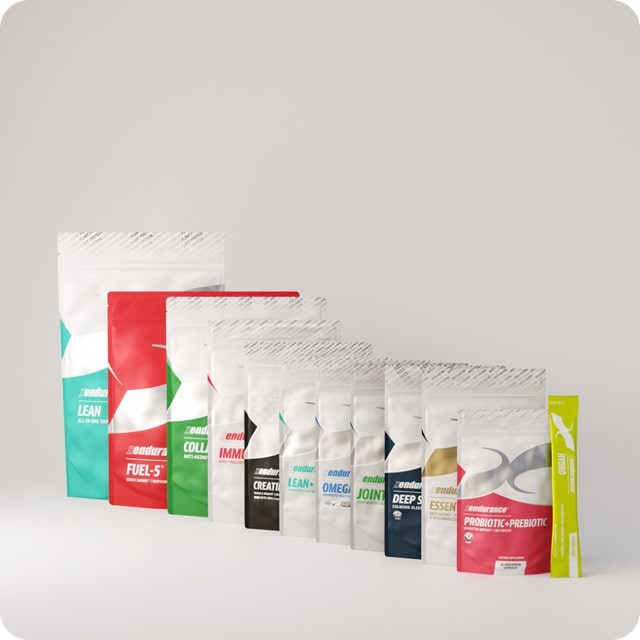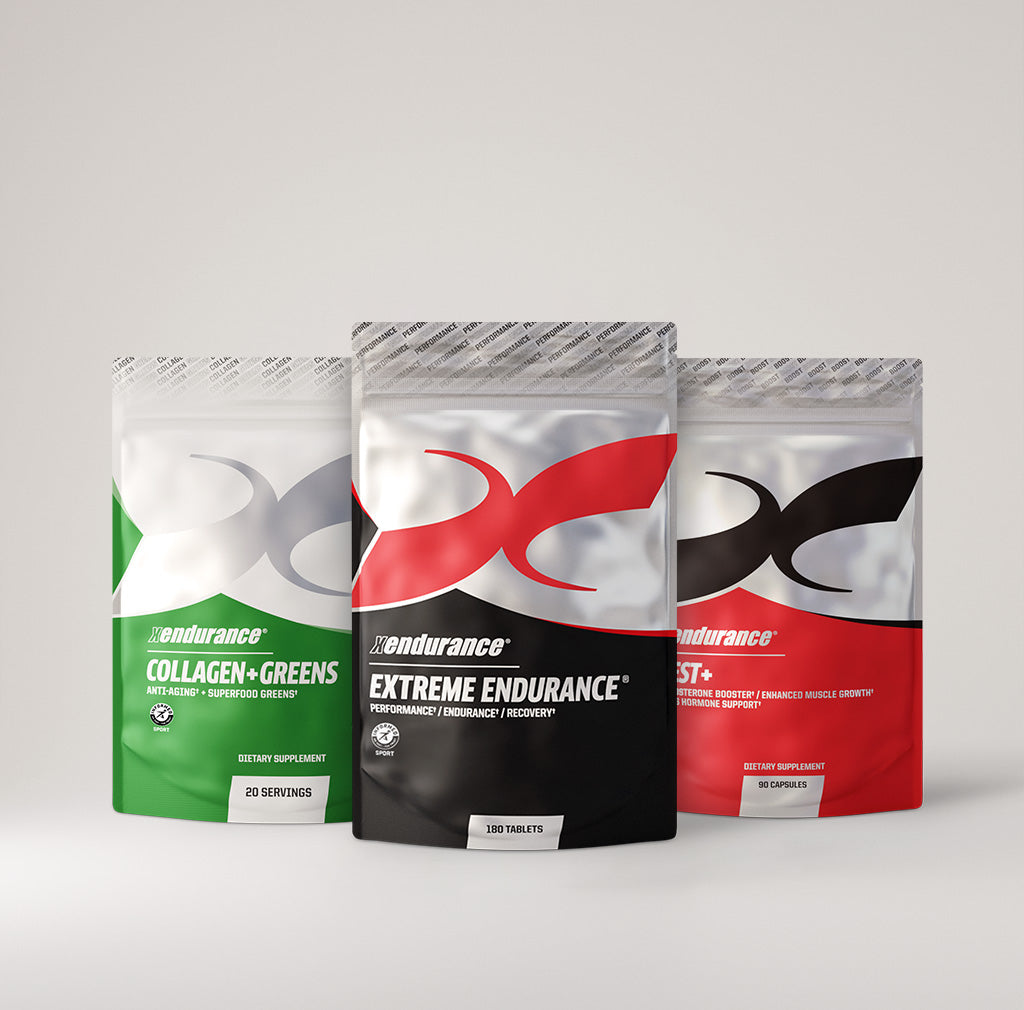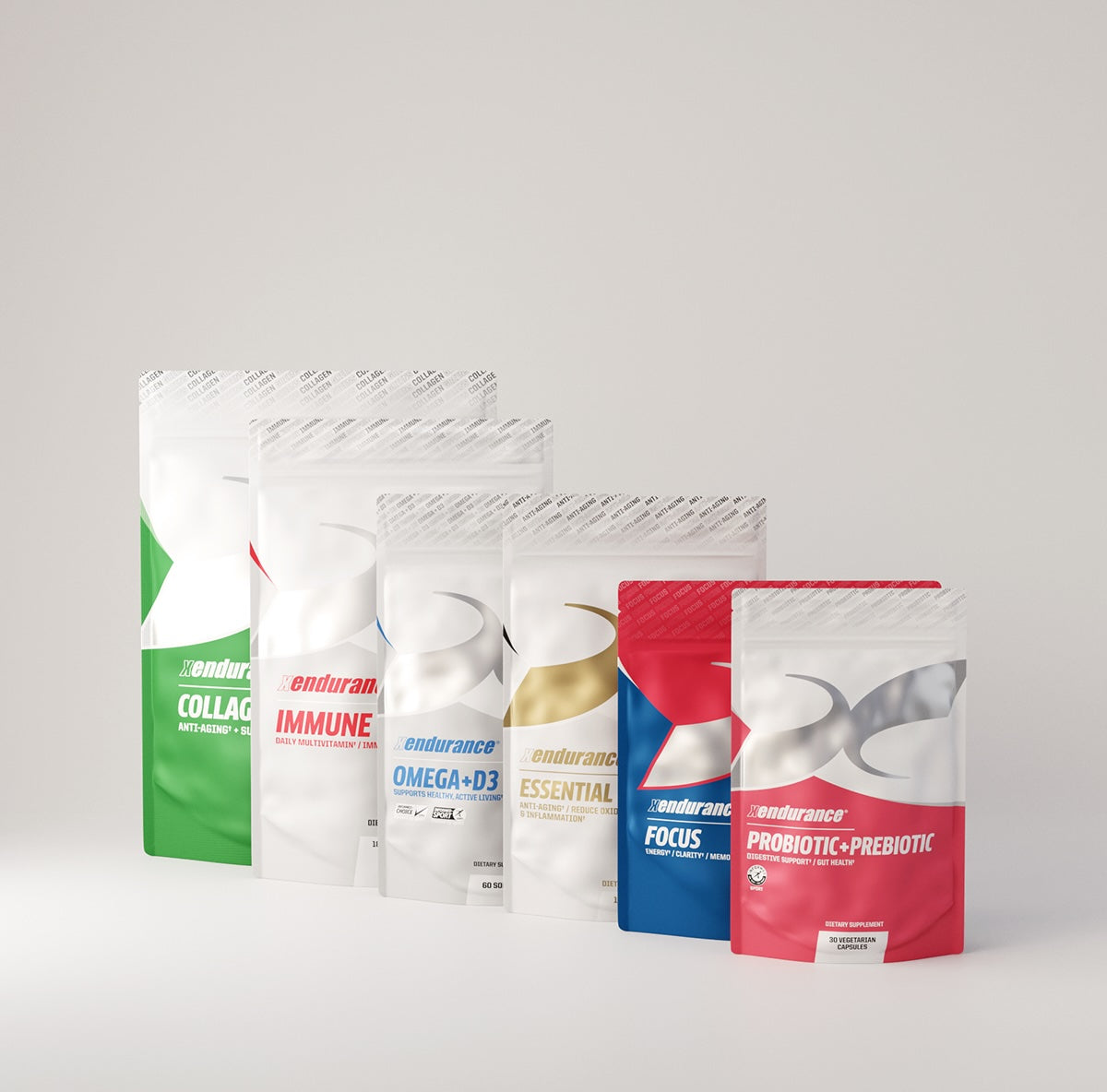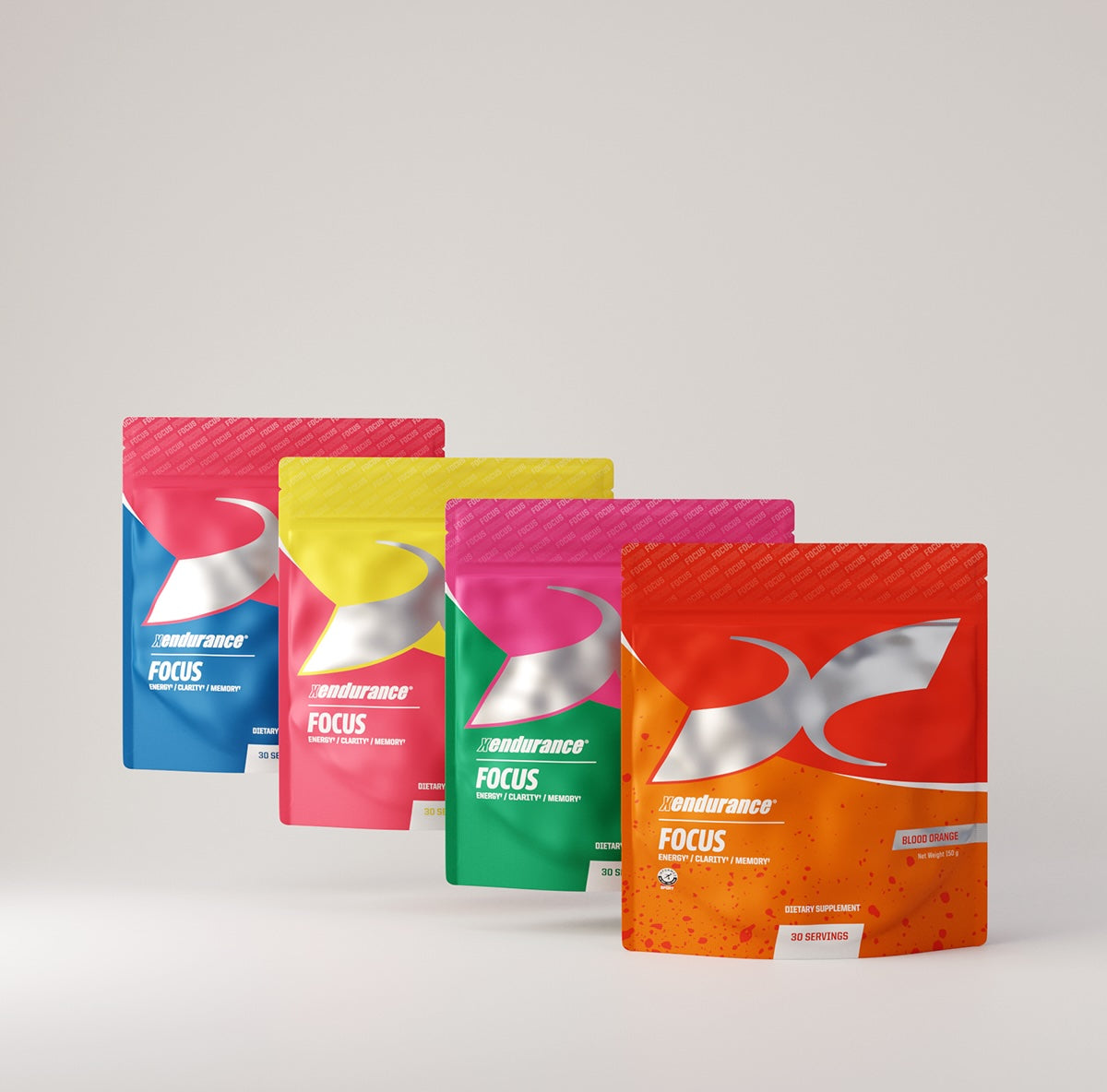Imagine you’re midway through a grueling 10K run, your sneakers pounding the trail in a steady cadence. The air is crisp, your playlist is pumping, and you’re in the zone, chasing that runner’s high. Then, subtly at first, a tightness grips your calves. Within minutes, a fiery burn spreads through your quads and hamstrings, making each stride feel like wading through molasses. Your legs aren’t just tired—they’re screaming. This isn’t a simple cramp or random fatigue; it’s the hallmark of lactate and hydrogen ion buildup, often mislabeled as lactic acid “cramping you up.” For runners, cyclists, or anyone pushing their physical limits, this sensation is all too familiar. Understanding what’s happening in your muscles and how to manage it can transform your performance and recovery, whether you’re an elite athlete or a casual exerciser.
What Lactic Acid Does for Athletes and Regular People
Lactic acid, or more precisely its derivative lactate, is a critical player in the body’s energy production system, especially during intense physical activity. When you exercise beyond your aerobic capacity—say, sprinting the final 400 meters of a race or powering through a HIIT session—your muscles shift to anaerobic metabolism. This process breaks down glucose without oxygen, generating adenosine triphosphate (ATP), the energy currency for muscle contractions. As a byproduct, it produces lactate and hydrogen ions. For athletes, this anaerobic pathway is a lifeline, enabling short bursts of high-intensity effort, like a cyclist surging up a steep hill or a swimmer pushing through the final lap. For lay people, it kicks in during everyday bursts of exertion—think sprinting to catch a train or hauling heavy groceries upstairs.
Far from being a harmful waste product, lactate is a valuable energy source. Approximately 75% of the lactate produced during exercise is recycled by the body, either shuttled to the liver to be converted back into glucose (via the Cori cycle) or used directly by less-active muscles as fuel. This recycling process delays fatigue and sustains performance. However, the hydrogen ions released alongside lactate lower the pH in your muscles, creating an acidic environment that triggers the burning sensation and heaviness associated with intense exercise.
For athletes, mastering this acidity is key to extending their lactate threshold—the point at which lactate accumulates faster than it’s cleared. For lay people, managing this discomfort can make physical activity more enjoyable and less daunting, encouraging consistency in fitness routines.
The Difference Between Lactic Acid and Lactate
The terms “lactic acid” and “lactate” are often used interchangeably, but they’re distinct entities, and the distinction matters for understanding muscle fatigue. Lactic acid is an organic compound formed when glucose is metabolized anaerobically. In the body’s slightly alkaline environment (blood pH around 7.4), lactic acid almost immediately dissociates into lactate (a negatively charged ion) and a hydrogen ion (H+). Because of this rapid dissociation, it’s more accurate to say that lactate, not lactic acid, accumulates in your muscles during exercise. The hydrogen ions are the real culprits behind the drop in muscle pH, which leads to the burning sensation and eventual muscle fatigue.
This misconception about lactic acid as the “bad guy” stems from early research that linked its presence to muscle soreness and fatigue. We now know that lactate is a friend, not a foe—it’s a fuel source and a marker of metabolic stress, not the direct cause of discomfort. The focus, therefore, should be on buffering the hydrogen ions that create acidity, rather than “eliminating lactic acid.” This nuanced understanding informs both training strategies and supplement choices aimed at improving performance and recovery.
Health Concerns Over Too Much Lactic Acid
While lactate itself is benign and even beneficial, excessive hydrogen ion accumulation can cause temporary discomfort and impair performance. The acidic environment in muscles disrupts enzyme function and slows ATP production, leading to that heavy, burning sensation that forces you to slow down or stop.
In healthy individuals, the body is remarkably efficient at clearing lactate, with the liver, kidneys, and heart metabolizing it within minutes to hours after exercise. Blood lactate levels, typically 0.5–2 mmol/L at rest, may rise to 10–20 mmol/L during intense exercise but return to baseline quickly with rest or light activity.
In rare cases, extreme lactate buildup can contribute to lactic acidosis, a serious condition where blood pH drops below 7.35, potentially leading to nausea, confusion, or even organ failure. However, lactic acidosis is highly unlikely in healthy people during exercise, as it’s more commonly associated with medical conditions like sepsis, liver or kidney dysfunction, or certain medications (e.g., metformin).
For athletes and lay people, the primary concern is the performance-limiting effects of muscle acidity, not systemic health risks. Chronic overtraining without adequate recovery can also increase oxidative stress, leading to muscle damage, prolonged soreness, and reduced immune function. Balancing intense workouts with rest and proper nutrition is crucial to avoid these pitfalls.
How to Get Rid of Lactic Acid
You can’t directly “get rid of” lactic acid, as it’s rapidly converted to lactate and cleared by the body. Instead, the goal is to manage hydrogen ion accumulation and speed up recovery from the acidic environment it creates. Here are several evidence-based strategies:
- Active Recovery: Light exercise after intense activity, such as walking, cycling at a low intensity, or dynamic stretching, boosts blood flow, facilitating lactate clearance. A 2010 study on downhill skiers found that active recovery reduced blood lactate levels 20% faster than passive rest.
- Hydration: Staying well-hydrated maintains blood volume, which aids the transport of lactate to the liver for processing. Dehydration slows clearance, exacerbating fatigue and soreness.
- Breathing Techniques: Deep, rhythmic breathing during exercise maximizes oxygen delivery to muscles, reducing reliance on anaerobic metabolism and slowing hydrogen ion buildup.
- Training Adaptation: Regular exercise, particularly high-intensity interval training (HIIT), raises your lactate threshold. Over time, your muscles become better at buffering acidity and using lactate as fuel, allowing you to sustain higher intensities for longer.
- Nutrition: A diet rich in carbohydrates replenishes glycogen stores, reducing the need for anaerobic metabolism. Lean proteins support muscle repair, while antioxidants from fruits and vegetables combat oxidative stress. Timing matters too—consuming a carb-protein mix within 30–60 minutes post-workout accelerates recovery.
Supplements to Reduce Lactic Acid
Several supplements can help buffer hydrogen ions, enhance lactate metabolism, or support overall muscle function. While results vary depending on the individual and exercise context, the following have shown promise:
- Sodium Bicarbonate (Baking Soda): This alkaline compound neutralizes hydrogen ions, delaying muscle acidification. Studies suggest a dose of 300 mg/kg body weight, taken 1–2.5 hours before exercise, can improve performance in high-intensity efforts lasting 30 seconds to 12 minutes. However, side effects like bloating or diarrhea are common, and timing is critical to avoid digestive discomfort.
- Beta-Alanine: This amino acid increases muscle carnosine levels, a natural buffer against hydrogen ions. Research shows 4–6 g daily for 4–6 weeks can delay fatigue in activities like sprinting or rowing. A common side effect is paresthesia (skin tingling), which is harmless but can be bothersome.
- Magnesium: Essential for ATP production and muscle relaxation, magnesium may reduce lactate accumulation by optimizing energy metabolism. Found in nuts, seeds, and leafy greens, it’s also available as a supplement, though excessive intake can cause diarrhea.
- Omega-3 Fatty Acids: Found in fish oil supplements or algae-based supplements, omega-3s improve metabolic efficiency, potentially reducing glycogen reliance and lactate production. They also reduce inflammation, aiding recovery.
- Coenzyme Q10 (CoQ10): This antioxidant supports mitochondrial ATP production, which may lower lactate levels during intense exercise. Doses of 100–300 mg daily are typically studied.
- Acetyl L-Carnitine: By transporting fatty acids into mitochondria for energy, this compound may enhance aerobic metabolism and reduce lactate accumulation. It’s particularly studied in endurance contexts.
Extreme Endurance: Proven Science
Among supplements targeting lactic acid buffering, Xendurance’s Extreme Endurance stands out for its robust scientific backing and real-world results. Developed since 2006 and trusted by Olympians, professional athletes, and fitness enthusiasts, this product is engineered to reduce muscle acidity, accelerate recovery, and combat oxidative stress. Its proprietary blend includes calcium carbonate and magnesium hydroxide (alkaline buffers), papain (an anti-inflammatory enzyme), catechins (antioxidants from green tea), and electrolytes like potassium chloride. Together, these ingredients neutralize hydrogen ions, reduce muscle soreness, and restore pH balance, allowing athletes to train harder and recover faster.
Extreme Endurance’s efficacy is supported by over 12 clinical studies, including two gold-standard, double-blind, placebo-controlled trials. A 2010 study conducted in Germany with 22 elite athletes found a 15% reduction in lactic acid and a significant increase in aerobic threshold after just 10 days of supplementation. Another trial reported a 26% reduction in lactic acid and a 39% decrease in oxidative stress, a key contributor to muscle damage and premature aging. A 2016 study at Louisiana University further demonstrated reduced muscle damage markers (like creatine kinase) and faster recovery times in athletes taking Extreme Endurance for 10 days. These results are compelling, as they translate to tangible benefits: less burn during workouts, quicker recovery between sessions, and improved endurance over time.
Athletes across disciplines—runners, CrossFitters, triathletes—praise Extreme Endurance for its impact. A marathoner reported finishing a race with “less leg heaviness” after two weeks of use, while a CrossFitter noted reduced soreness within 72 hours of starting the supplement. Some users, however, mention the cost (around $60 for a month’s supply) as a drawback, though many argue the benefits justify the price for serious athletes. The product is Informed Sport Certified, ensuring it’s free of banned substances, and is vegan, gluten-free, and non-GMO, making it accessible to a wide audience. The recommended dosage is three tablets twice daily, ideally taken consistently to maintain buffering capacity. Users are cautioned against combining it with high doses of other magnesium or calcium supplements to avoid digestive issues.
Importantly, Extreme Endurance isn’t a quick fix—it’s most effective when paired with proper training, nutrition, and recovery practices. Its ability to lower oxidative stress also makes it appealing beyond athletics, as reducing free radical damage can support long-term health, particularly for aging adults or those with high physical stress. Compared to sodium bicarbonate, which requires precise timing and can cause GI distress, or beta-alanine, which takes weeks to build up, Extreme Endurance offers a more immediate and comprehensive approach to managing muscle acidity.
Mastering Muscle Acidity for Better Workouts
That burning sensation in your legs during a run or workout isn’t lactic acid “cramping you up”—it’s hydrogen ions creating an acidic environment that challenges your muscles. Lactate, far from being a villain, is a vital fuel source that your body recycles efficiently. For athletes and lay people alike, the goal is to buffer acidity and enhance recovery to sustain performance and enjoyment of physical activity. Strategies like active recovery, hydration, smart training, and a balanced diet lay the foundation, while supplements like sodium bicarbonate, beta-alanine, and magnesium provide additional support. Xendurance’s Extreme Endurance, with its clinically proven ability to reduce lactic acid by up to 26% and oxidative stress by 39%, is a standout choice for those serious about pushing their limits. Whether you’re aiming for a podium finish or simply want to enjoy a pain-free jog, managing muscle acidity can help you conquer the burn and perform at your best.









コメントを書く
このサイトはhCaptchaによって保護されており、hCaptchaプライバシーポリシーおよび利用規約が適用されます。